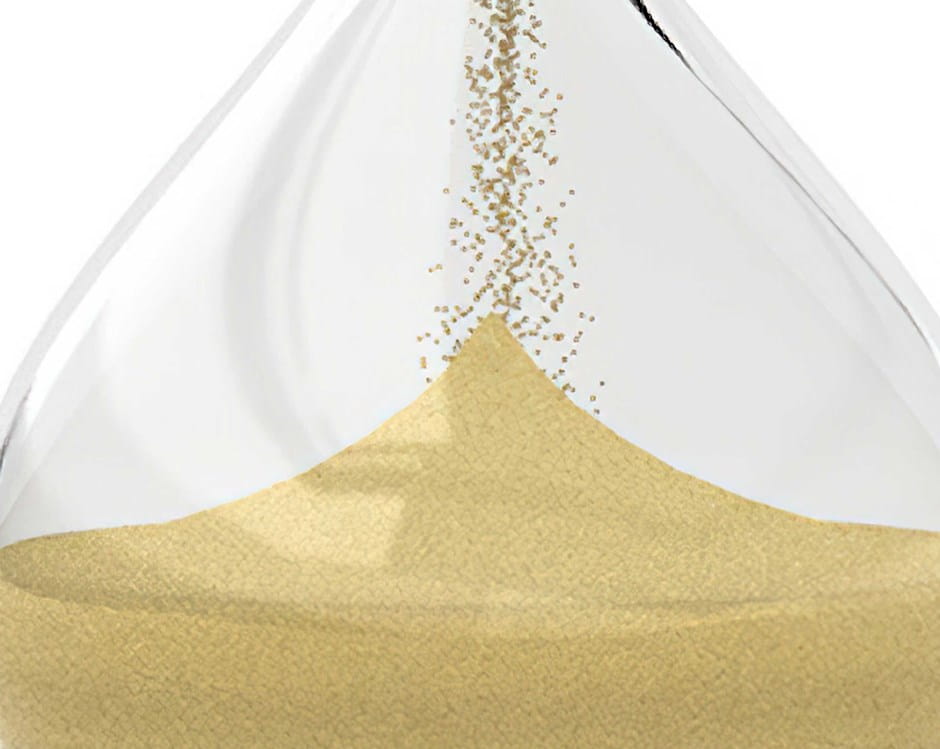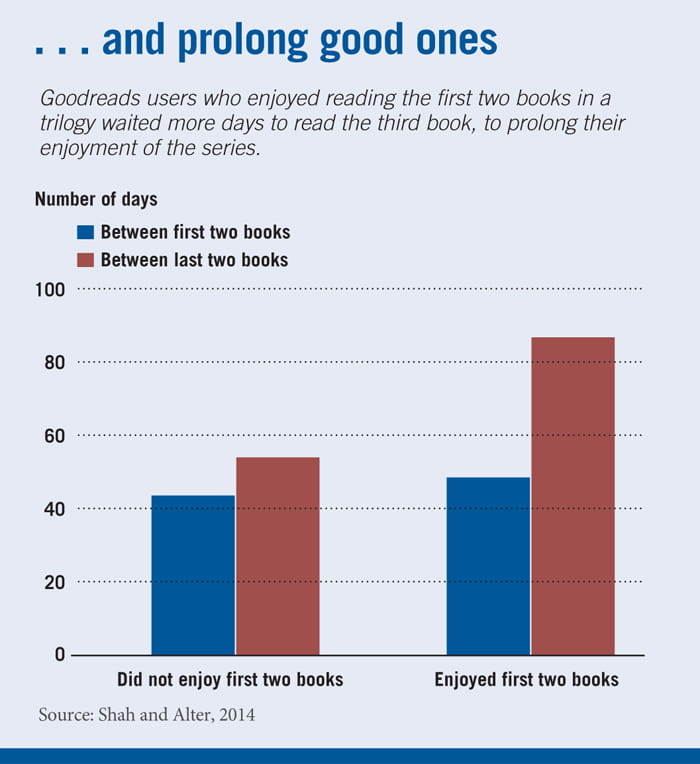
Understanding categorial reasoning could help businesses create better consumer experiences.
- By
- February 25, 2015
- CBR - Behavioral Science

Understanding categorial reasoning could help businesses create better consumer experiences.
Research suggests people tend to organize positive and negative experiences into categories, then seek to make positive experiences last as long as possible and negative ones move more quickly. Understanding how and why we do this could have implications for businesses as they seek to profit from prolonging pleasure or minimizing pain.
Take the way consumers deal with debt. It would make the most sense for consumers to pay off high-interest debt first, then pay off debt racking up interest at a slower rate. But a 2011 study on the psychology of debt management showed that people instead pay off debts based on which are small enough to pay off the fastest. Research by Chicago Booth’s Anuj K. Shah and New York University’s Adam L. Alter suggests consumers make this seemingly irrational decision because reducing the total number of debts rather than the total amount owed feels more rewarding. “Eliminating categories creates the feeling of having made progress, which is desirable for negative experiences but less so for positive experiences,” they observe.

In one study Shah and Alter conducted, participants were told they had work projects in two South American countries, which required making multiple trips. Some were told they loved the people they worked with, and others were told they disliked them. The researchers then asked the participants how they would schedule their trips. Those anticipating a negative experience wanted to make all the trips to one country, then to the other, seeing the visits as tasks to be completed. The others wanted to intersperse travel to the two countries. The same thing happened in subsequent experiments when Shah and Alter swapped traveling for business with tasting desserts, hosting visitors, and going to concerts.
Understanding categorical reasoning could help businesses create better consumer experiences. Theme-park operators, for example, might intersperse rides and games so that guests always have another ride or another game to look forward to. A dentist, on the other hand, might break up a procedure into two clear parts, letting patients know when the first is over to provide a sense of progress.
“When positive experiences or services are offered, consumers might enjoy them more when multiple experiential categories are made salient,” the researchers write. “For negative experiences, it might be better to emphasize how few categories remain.”
Your Privacy
We want to demonstrate our commitment to your privacy. Please review Chicago Booth's privacy notice, which provides information explaining how and why we collect particular information when you visit our website.